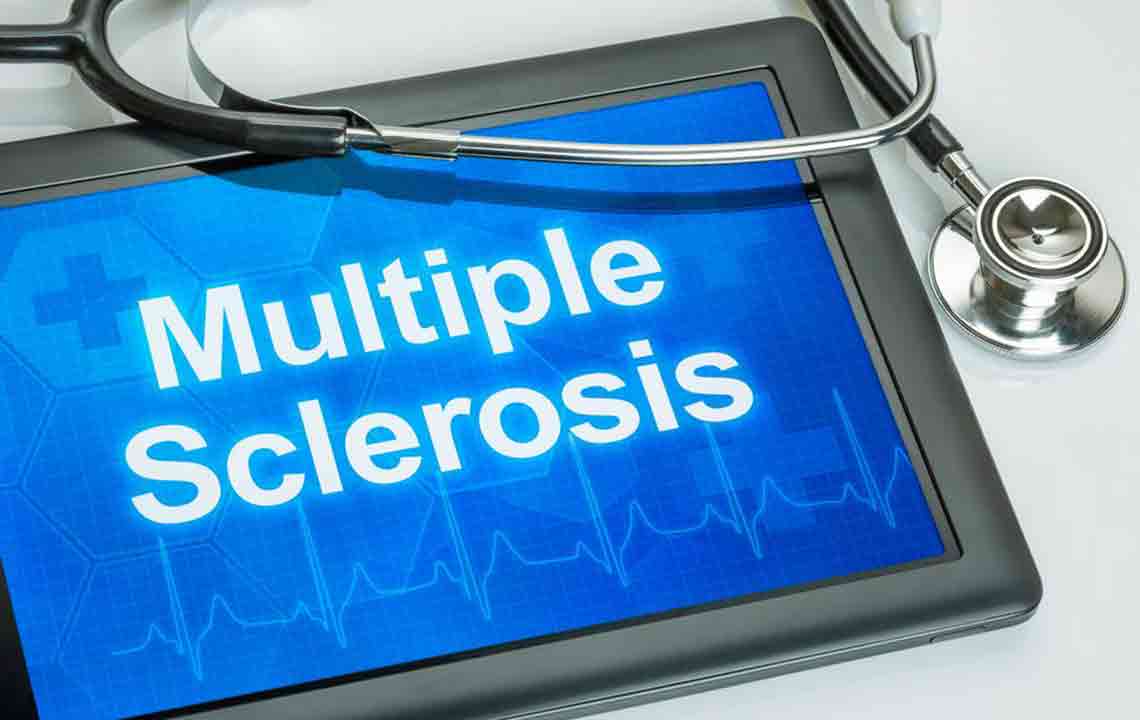Comprehensive Guide to Diagnosing Lupus Effectively
This comprehensive guide explains various diagnostic methods for lupus, including blood tests, imaging, and biopsies. Diagnosing lupus involves multiple assessments due to its diverse symptoms and organ involvement. Understanding these methods can aid in early detection and better disease management.
Sponsored

Understanding the Methods Used to Detect Lupus
Diagnosing lupus can be complex due to its diverse symptoms, which vary widely among individuals and may change over time. Since no single test confirms lupus, healthcare providers rely on a combination of blood and urine analyses, ongoing symptom assessments, and physical exams to reach an accurate diagnosis.
Laboratory Analyses
Tests for lupus detection include:
Complete Blood Count (CBC): This evaluates red and white blood cells, platelets, and hemoglobin levels, helping identify anemia or blood cell abnormalities common in lupus.
If anemia, low platelet count, or reduced white blood cells are detected, they might point toward lupus involvement.
Erythrocyte Sedimentation Rate (ESR): Measures how fast red blood cells settle in a test tube; a quick rate can indicate inflammation or systemic disease, including lupus, though it’s not specific.
Kidney and Liver Function Tests: These assess organ health, as lupus can impact these organs.
Urinalysis: Detects abnormal protein or blood levels in urine, indicating possible kidney effects from lupus.
Antinuclear Antibody (ANA) Test: A positive result suggests immune system activation, common in lupus, but not definitive alone. If positive, further antibody tests are recommended.
Imaging Procedures
To evaluate lung or heart involvement, doctors may suggest:
Chest X-ray: Reveals abnormalities like fluid buildup or inflammation in the lungs.
Echocardiogram: Uses sound waves to visualize your heart's structure and function, checking for valve or other cardiac issues.
Biopsies
To assess kidney damage or skin involvement, small tissue samples may be taken through a needle or minimal incision. The results can guide personalized treatment plans based on the extent of organ damage.
Since no single test confirms lupus, a combination of tests helps determine affected organs and guides appropriate management. Early diagnosis and monitoring are vital for controlling the disease effectively.






